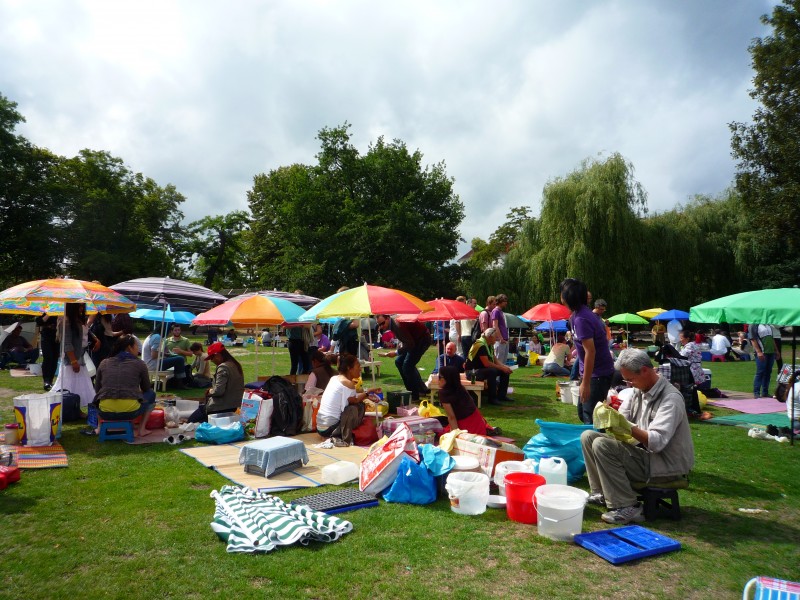Bang / Conflict Zones
Berlin is a city that is rife with conflicts from the scars on the surfaces of its museums and monuments to the voids it bears in the heart of its urban landscape. Historically, Berlin has been witness and host to some of the most significant socio-political conflicts in the modern world. The architectures of the social and political movements are continually questioned as new regimes emerge. For example, a Palladian planned Nazi bunker has been transformed from a space that shelters citizens from attacks, to a storehouse for fresh fruits, a space for hosting raves, and currently a private collection of contemporary art.
Today, contemporary Berlin is actively rebuilding and reframing its identity, both through economic policy, architectonic revisions, and cultural initiatives. Despite the seemingly surfeiting development in the city, Berlin is bankrupt and supported by its neighboring states. In this case the proposed resolution of (economic) conflicts has shifted away from tactical warfare and towards stimulating artistic initiative and creative capital. Art and architecture, as media often used to pronounce conflicts, become the principle venues for promoting tension: regulating society by challenging accepted fundamentals and equilibria.
In the summer of 2011, twenty four students from Chulalongkorn University’s International Program in Design and Architecture travelled to Berlin to participate in a Design Build course focusing on investigating the varying manifestations of conflict in Berlin. Initiated and organized jointly with PROGRAM e.V., the course provided a platform for the students to research into the existing conditions of the city, to formulate a personal hypothesis toward the current condition of conflict, and to propose and construct a physical test of their thesis. Our course was divided into two halves – where we literally conducted our studio in two different locations – the first two and a half weeks in the former East Berlin, and the second half in the West. The students began with a mapping project in Kreuzberg. We then moved to a site along the former Berlin wall, in Park am Nordbahnhof where they were asked to design an interface that expands the definition of a boundary.
For the final project, we moved to Preußen Park, known as “Thai Park,” in West Berlin where students designed and built pieces of outdoor furniture that both displayed and ameliorated the conflicts at work on the site. Park users – food vendors, diners, sunbathers, dog walkers, and tourists – all participated in the pop-up installation. The event, Bang, was a great success, receiving several hundreds of guests as well as positive reviews by both German and Thai journals and newspapers. The word “Bang” (แบ่ง) in Thai translates to divide but also means to share, and was selected by the students as the title of their project.
After the project was completed, we produced a publication that documents and celebrates the process and outcomes of the student work.
2011
Collaborators: Carson Chan, Will Patera, INDA Students

